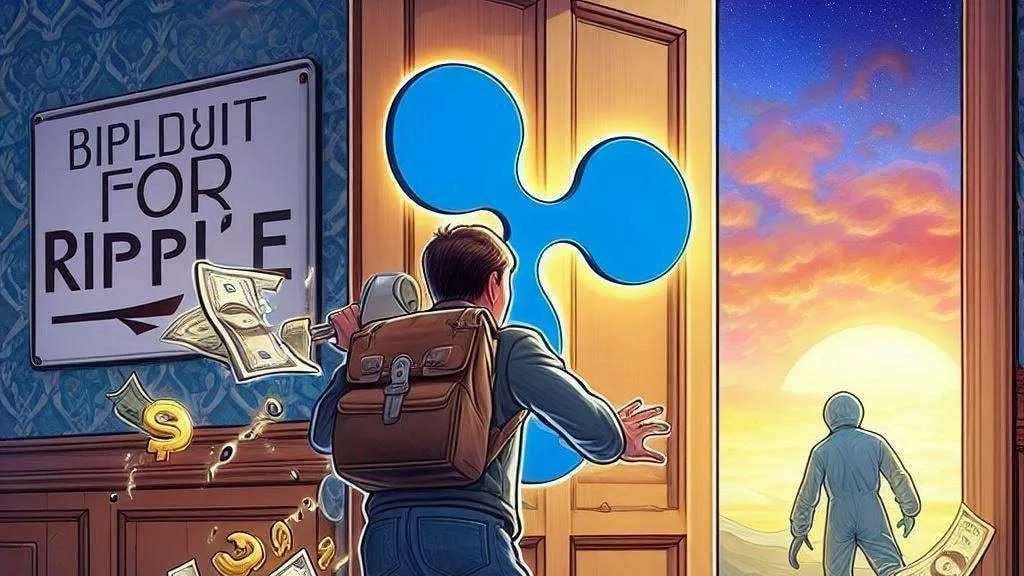
Jed McCaleb’s departure from Ripple in 2014 has long been a topic of debate. Was it a breakup, or was it part of a well-thought-out strategy? While many speculated that McCaleb’s exit signaled the end of his involvement with Ripple, a deeper look suggests that it may have been a carefully orchestrated move. His departure coincided with Ripple’s expansion into institutional finance and global payment systems, raising questions about whether it was a breakup or a strategic step toward creating a parallel blockchain system.
McCaleb was one of Ripple’s co-founders and played a key role in designing XRP’s early framework. He contributed to building XRP’s architecture and was instrumental in Ripple’s initial success. However, after some disagreements, McCaleb left Ripple in 2014 and quickly founded Stellar (XLM). While many saw this as a breakup, the timing of his departure suggests it was more of a strategic maneuver than a split.
At the time of McCaleb’s departure, Ripple was making strides in the world of institutional finance and global payment systems. McCaleb’s exit coincided with Ripple’s growing partnerships with major financial institutions and its focus on cross-border payments and the support of central bank digital currencies (CBDCs). This suggests that McCaleb’s departure may have been part of a bigger plan to create two complementary projects rather than rivals.
Ripple and Stellar’s respective tokens, XRP and XLM, were never competitors. Rather, they represent two key components of a broader global payment solution. XRP focuses on improving liquidity, enabling cross-border payments, and supporting the future integration of CBDCs in the financial industry. On the other hand, Stellar has concentrated its efforts on improving blockchain accessibility for underserved communities, humanitarian projects, and retail stablecoin transactions.
By creating Stellar, McCaleb established a parallel blockchain system designed to complement Ripple’s institutional focus. While Ripple worked with major financial players like Bank of America and SBI, Stellar built strong ties with humanitarian initiatives, including the United Nations, which uses Stellar for blockchain-based aid distribution, and Franklin Templeton, which uses it for tokenizing assets.
Both Ripple and Stellar have quietly secured powerful partnerships. Ripple’s role in institutional finance, working with global banking giants, focuses on streamlining cross-border transactions and providing liquidity. Ripple’s ongoing involvement with global financial bodies like the IMF and BIS is an indicator of the growing institutional adoption of XRP as a key player in the international payment system.
Stellar, on the other hand, has made its mark by focusing on social impact and accessible financial services. By working with organizations like the United Nations for blockchain-based humanitarian aid and Franklin Templeton for asset tokenization, Stellar is helping bring blockchain technology to underserved communities and enabling retail stablecoin transactions. Stellar’s partnerships and focus on social good serve as a crucial counterpoint to Ripple’s institutional-focused approach.
Jed McCaleb’s departure from Ripple in 2014 was not an impulsive breakup, but rather a calculated and strategic move. The creation of Stellar marked the second phase of a larger vision for a global payment ecosystem, with Ripple focusing on institutional finance and Stellar concentrating on bringing blockchain to the people. These projects are complementary, working together to create a more inclusive and efficient global payment network.
In hindsight, McCaleb’s split from Ripple was likely part of a larger plan to build two distinct yet interconnected blockchain systems—one for institutions and one for the underserved—creating a full spectrum of blockchain solutions for the future of payments.


Get the latest Crypto & Blockchain News in your inbox.